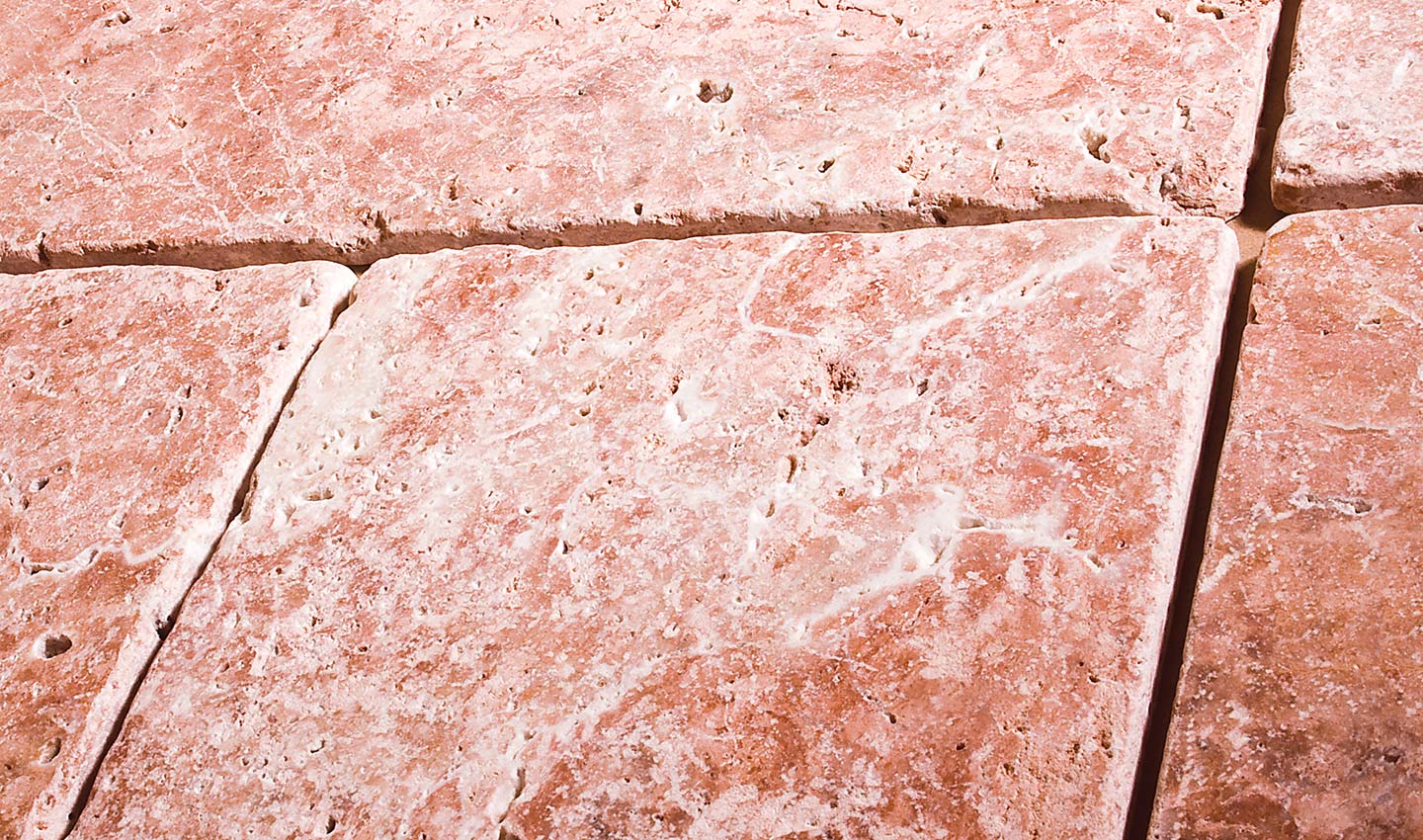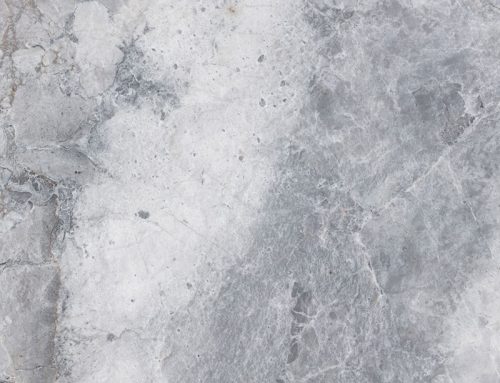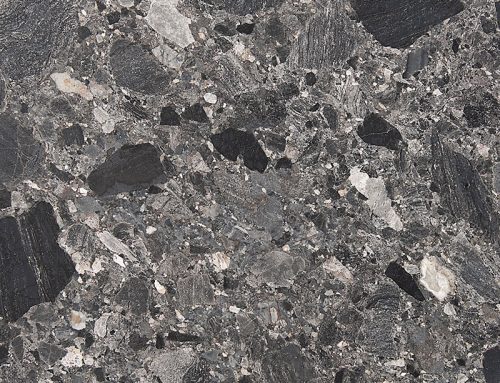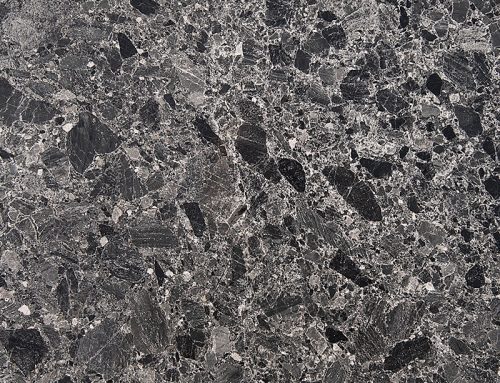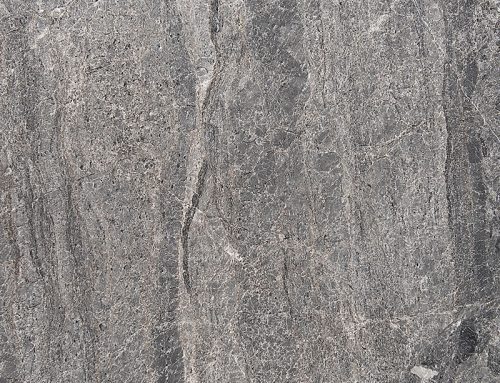Project Description
Pink Travertine
A good idea for wall and flor coverings…
This glowing stone representing the source of power will stimulate you any time. A good idea for wall and flor coverings.
Stone is product of nature and will vary in color, marking and texture. This sample shows the general characteristics of the variety named.
Available Finishes:
- Honed
- Filled Honed
- Filled Polished
- Tumbled
- Brushed Tumbled
- Brushed
- Brushed Chiselled
- Filled Tumbled
- Tumbled Straight Cut Edge
- Sand Blasted
- Sand Blasted Brushed
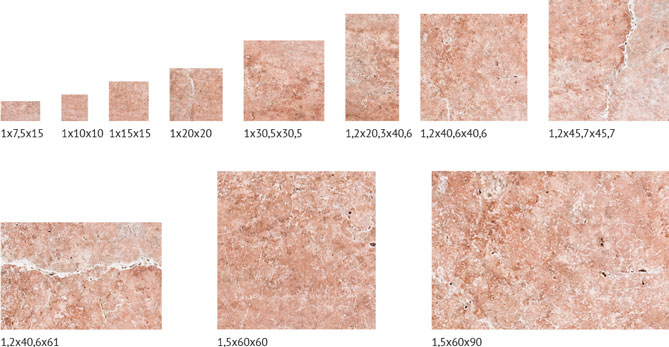
Also available in following sizes and shapes: 3x20x20, 3×15,5×30,5, 3xOpus 4, 3×40,6×40,6, 3×40,6×61, 3xBig Opus, 3x33x61, 4x33x61, 5x33x61, 1,2x8x40,6
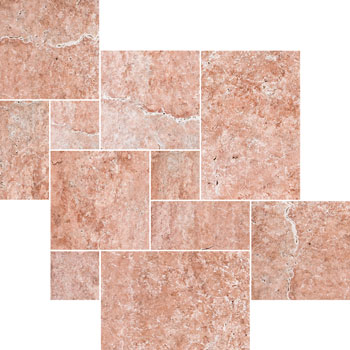
1.2 SMALL PATTERN SET
With Grouting (cm)
2 pcs x 40,6×61
4 pcs x 40,6×40,6
2 pcs x 20,1×40,6
4 pcs x 20,1×20,1
Without Grouting (cm)
2 pcs x 40,6×61
4 pcs x 40,6×40,6
2 pcs x 20,3×40,6
4 pcs x 20,3×20,3
* The grouting blank is calculated as 3mm
P.S : Different grouting blank size changes the dimensions.
1.5 BIG PATTERN SET
With Grouting (cm)
2 pcs x 60×90
4 pcs x 60×60
2 pcs x 29.5×59.7
4 pcs x 29.5×29.5
Without Grouting (cm)
2 pcs x 60×90
4 pcs x 60×60
2 pcs x 30×60
4 pcs x 30×30
* The grouting blank is calculated as 5mm
P.S : Different grouting blank size changes the dimensions.
Travertine tiles are very popular not only for interior but exterior too. It can be used to decorate garden area as well to get natural effect.
Travertine tiles have evolved as a perfect building material for decorating home and garden. Homeowners who are keen to opt for simple yet stylish interior start refurbishing work with these amazing tiles. Though these tiles are simple but that does not mean that there is any dearth of variety. From vast array of travertine any one can be chosen of different styles to suit different tastes.
Travertine tile is a natural stone with unique pattern that varies in colour. The colour range starts from ivory to rich browns and even gold. The availability of different finishes like honed, filled, chiseled, tumbled and unfilled add the desired effect to the room. Moreover, developed technology to bring more atheistic appeal with better finish to the travertine enables ordinary stone to enjoy better overall appearance. Their ability to of being appealing to the eye has pushed up the sales of these types of tiles. Undoubtedly, travertine tiles are getting huge popular in every country due to the versatility it offers to the user.
The application areas of travertine tiles at home are wide. The very popular use of this tile is in the bathroom floor and wall. Their look gives an impression of a ‘roman bath’, which is presently in trend. The kitchen is another area of application that enhances the beauty of travertine under spot lights. Using spot light to highlight the exquisiteness of this tile is much admired in recent times. A mysterious shine of these tiles are bound to catch eyes. Additional gleam and shimmer add style to the kitchen interior.
Another very popular use of travertine is in the garden area. Installing these tiles in the garden instantly make it appear like a naturally made garden.
Travertine floors have another interesting characteristic which has helped bring them to the forefront of many designer creations. During the stone’s formation sulfur gas beads and steam pushed there way through the sediment layers to produce a series of craters and depressions. This effect is now prized by professionals and is quite unique to travertine. There is one drawback to this attribute though – these pits become the perfect places for dirt to collect so floors will require regular intensive maintenance. However, for those who still love the look of this stone but are not quite keen on cleaning there is the option of filling the pits with clear epoxy resins and cements.
Special attention needs to be placed on care and maintenance – this is a consideration that cannot be ignored. Being a stone, travertine is more hard-wearing than most floor materials but it still susceptible to damage if not treated correctly. Running a vacuum cleaner or broom over the floor will minimize the build up of sand particles and grit, which when combined with people walking on the surface can damage and scrape the pits. Most people believe that running a damp mop over their travertine floor is ok, but in actual fact this can tend to leave residues on the surface. The mop needs to be cleaned and dried before use to avoid this, and ideally it should be used in conjunction with a neutral (non-oil based) detergent. Rinse the mop out frequently and when finished rinse the surface with clean water. In the event that water marks develop; buff the floor with a dry tea towel.
Acid based liquids such as wine and fruit juices rich in vitamin C can score the travertine’s surface if left to stand after spilling. In such an instance rub the area with fine grade emery paper and then have it resealed. This stone is also a favorite for fireplaces, table tops and counters – combing these with the flooring creates a beautiful elegant environment.
| Apparent Density(kg/m3) C-97 | 2,63 |
| Water Absorption at Atmosferic Pressure(%) C-97 | 1,35 |
| Compressive Strength(Mpa) C-170 | 78,58 |
| Hardness (Mohs) | 3,5 |
| Compressive Strength After Heat Treatment(Mpa) C-880 | 72,12 |
